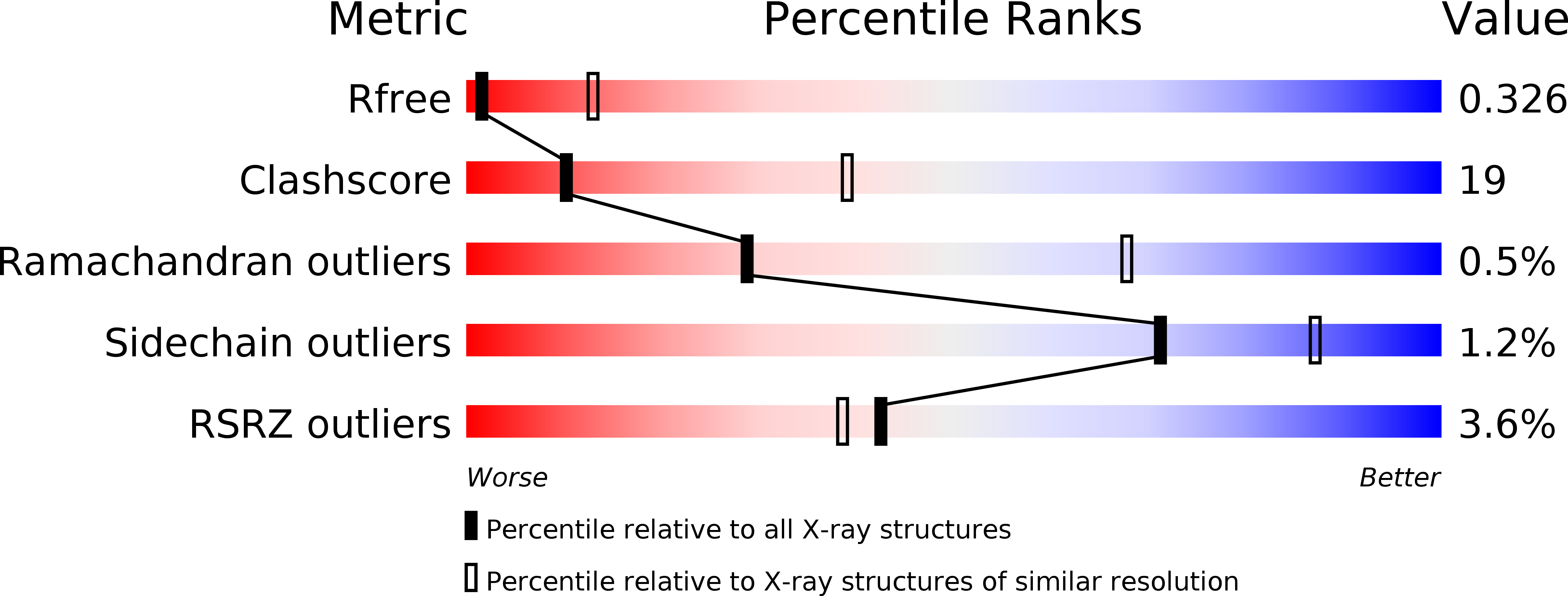
Deposition Date
2018-10-03
Release Date
2019-08-07
Last Version Date
2023-11-22
Entry Detail
PDB ID:
6II2
Keywords:
Title:
Crystal structure of alpha-beta hydrolase (ABH) and Makes Caterpillars Floppy (MCF)-Like effectors of Vibrio vulnificus MO6-24/O
Biological Source:
Source Organism:
Vibrio vulnificus (Taxon ID: 672)
Host Organism:
Method Details:
Experimental Method:
Resolution:
3.50 Å
R-Value Free:
0.32
R-Value Work:
0.28
R-Value Observed:
0.28
Space Group:
P 21 21 21


